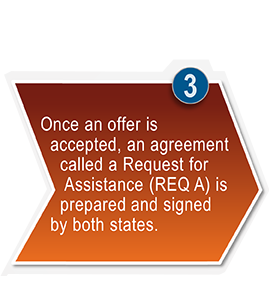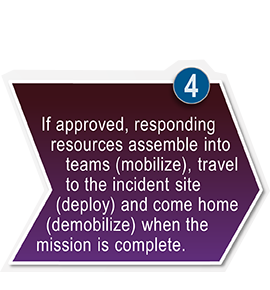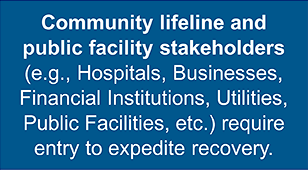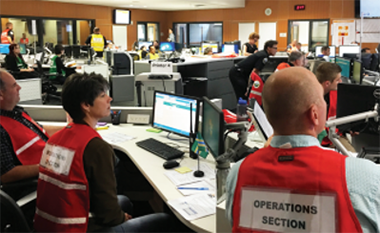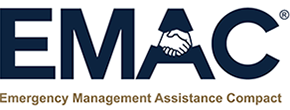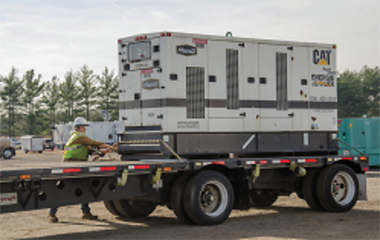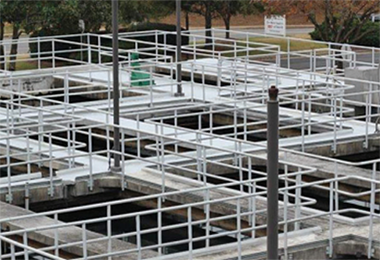EMA staff and drinking water and wastewater utility operators all work to support and secure the health and safety of the community.
- Drinking water and wastewater utilities strive to provide safe water and sanitation services through effective preparedness and security practices.
- EMAs ensure timely, coordinated emergency response by increasing the preparedness and resilience of personnel and operational capabilities to all-hazards.
In both mission areas, preparedness refers to actions taken to plan, organize, equip, train and exercise to build and sustain capabilities necessary to prevent, protect against, mitigate the effects of, respond to and recover from threats that pose the greatest risk.
Building relationships and bridging the gap between these two mission areas before an emergency occurs can minimize impacts to drinking water, wastewater and emergency services.





 Case Study 1: Relationship Building at Portland Water Bureau
Case Study 1: Relationship Building at Portland Water Bureau
 Best Practice 2: Coordinate Planning
Best Practice 2: Coordinate Planning
 Cross-Sector Coordination to Develop an ERP
Cross-Sector Coordination to Develop an ERP
 Coordinate Planning through Training and Exercises
Coordinate Planning through Training and Exercises
 Case Study 2: Funding through Planning in Phoenix
Case Study 2: Funding through Planning in Phoenix








